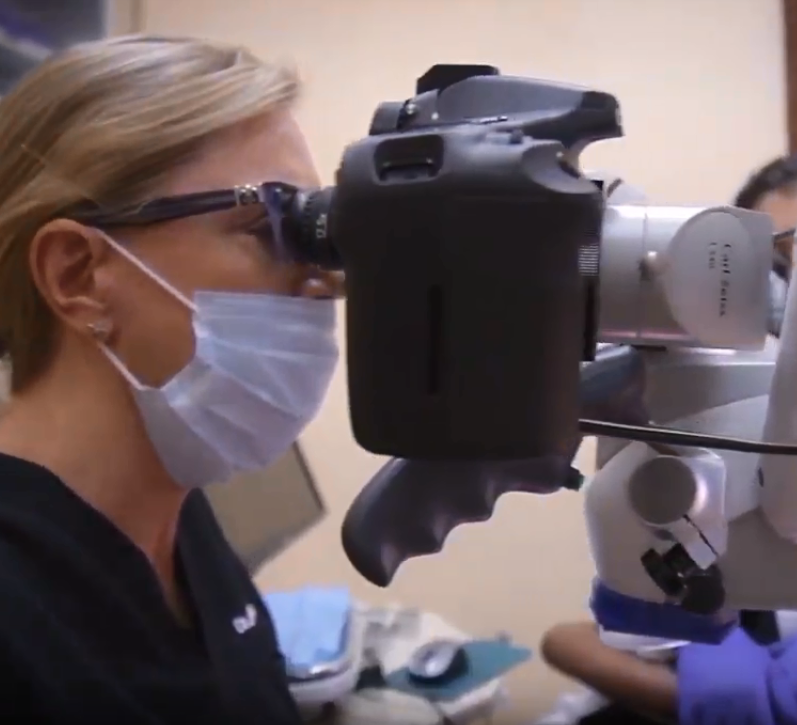It can be a shock to learn you require root canal therapy to address an injured or infected tooth. If you’ve never been to an endodontist, or don’t have any friends or family who’ve had a root canal, you may naturally have a lot of questions about what to expect.
Understanding the details of root canal therapy can help you come to your first appointment better prepared. Here is a brief overview of the main stages of a root canal.
 The Key Stages Of Root Canal Therapy
The Key Stages Of Root Canal Therapy
-
Confirmation of diagnosis. Your endodontist will confirm your diagnosis when you arrive for your first root canal therapy appointment by reviewing your X-rays and performing a visual inspection of your tooth.
-
Local anesthesia and dental dam placement. The endodontist will numb the area around your tooth with a local anesthetic. They will also place a rubber sheet known as a dental dam around the tooth to keep it clean and dry while they work.
-
Creating an access hole. After the tooth has been prepared and your gums numbed, an access hole will be drilled in the crown of the tooth to allow the dental pulp to be removed.
-
Pulp removal, filing, and cleaning. Once the access hole is created, the endodontist removes the infected tooth pulp, using special instruments to reshape the tooth’s canals and ensure all infected material is gone. Then the inner tooth is treated with antimicrobial washes to remove debris and aid healing.
-
Filling the root canals. This is the step that gives root canal therapy its name. A biocompatible material, usually gutta-percha, is used to fill the canals and prevent future infections.
-
Placement of temporary filling. The first part of the root canal procedure concludes with a temporary filling on your tooth to ensure the tooth heals and bacteria is not re-introduced while your permanent restoration is being fabricated.
-
Placement of permanent filling and crown. Your root canal therapy is not considered complete until a permanent filling is placed on your tooth, AND the tooth is capped with a crown. A crown provides extra protection against infection and shores up the structural integrity of your natural tooth.
“Patients are surprised sometimes to find out that root canal therapy follows a simple, straightforward process,” says Dr. Jacqueline S. Allen, who practices at Phoenix Endodontic Group. “But our profession’s approach to this procedure has been developed and refined for more than 150 years. We’re happy to explain each step in detail, and to address any concerns or questions you may have, every step of the way. We want each of our patients to be comfortable and confident.”
